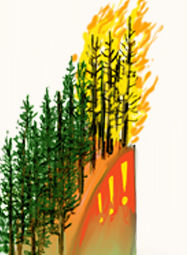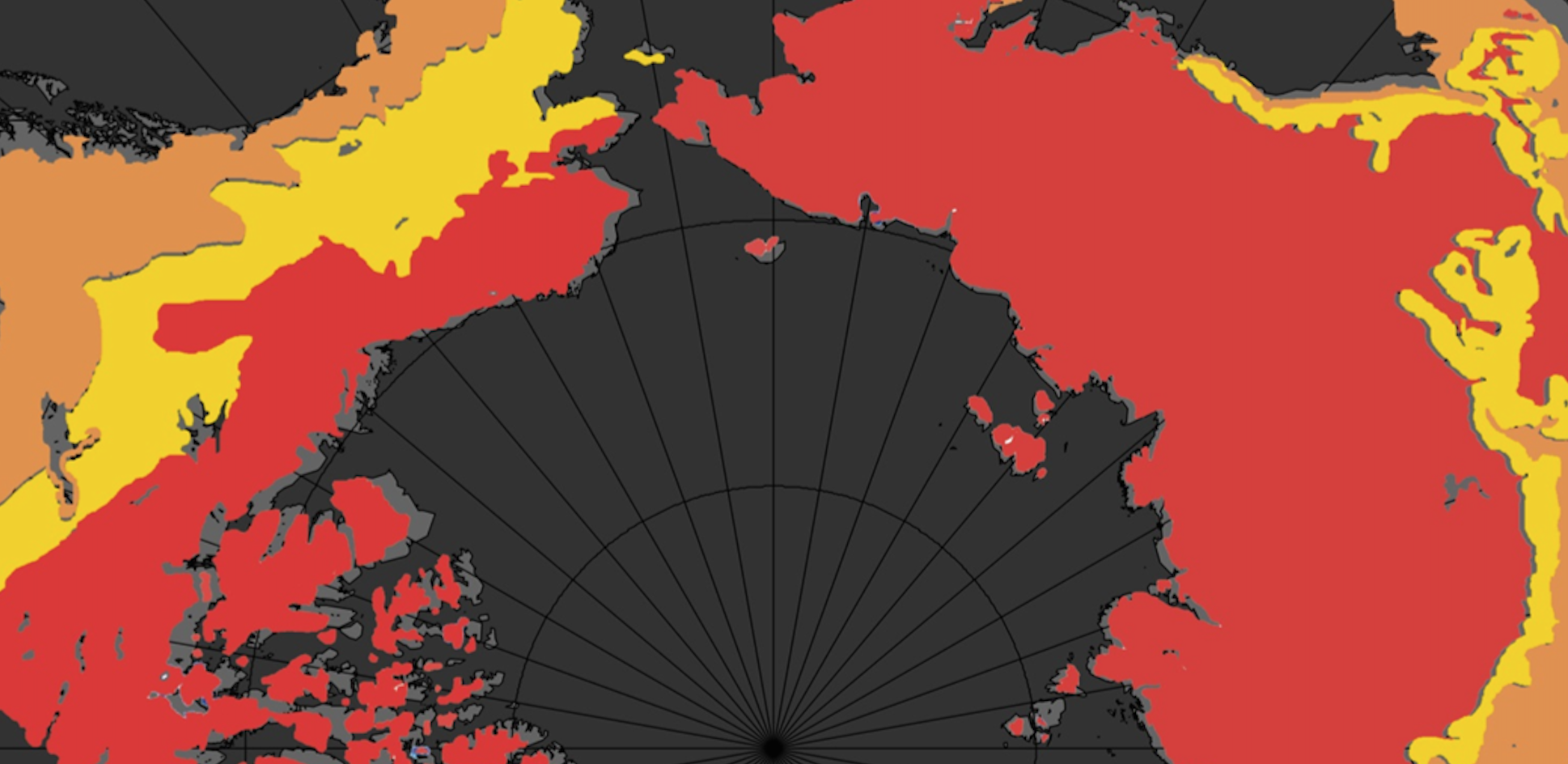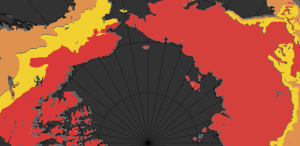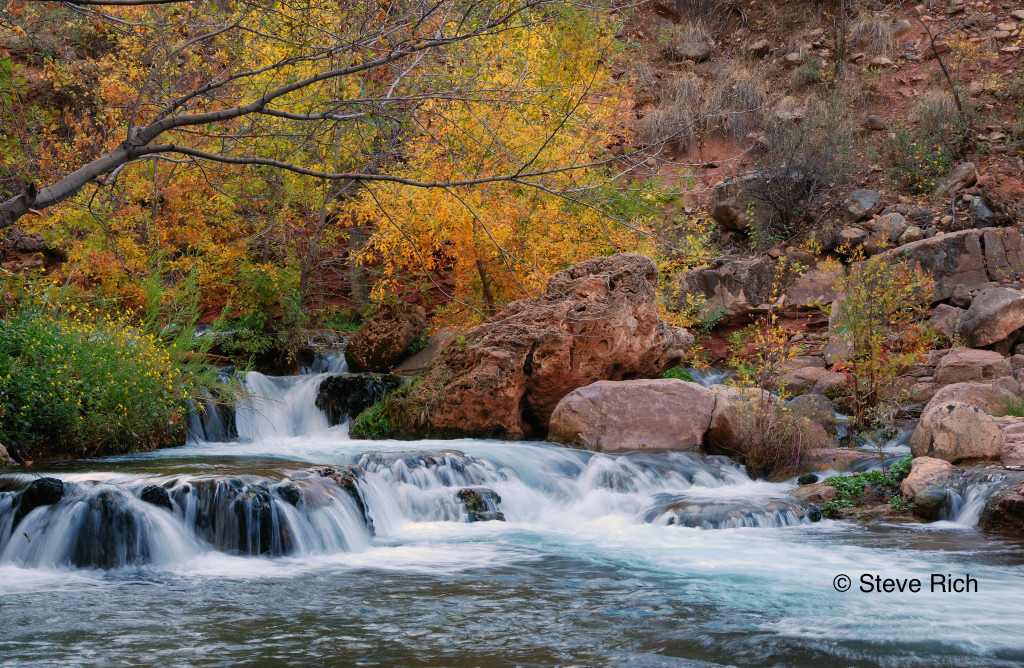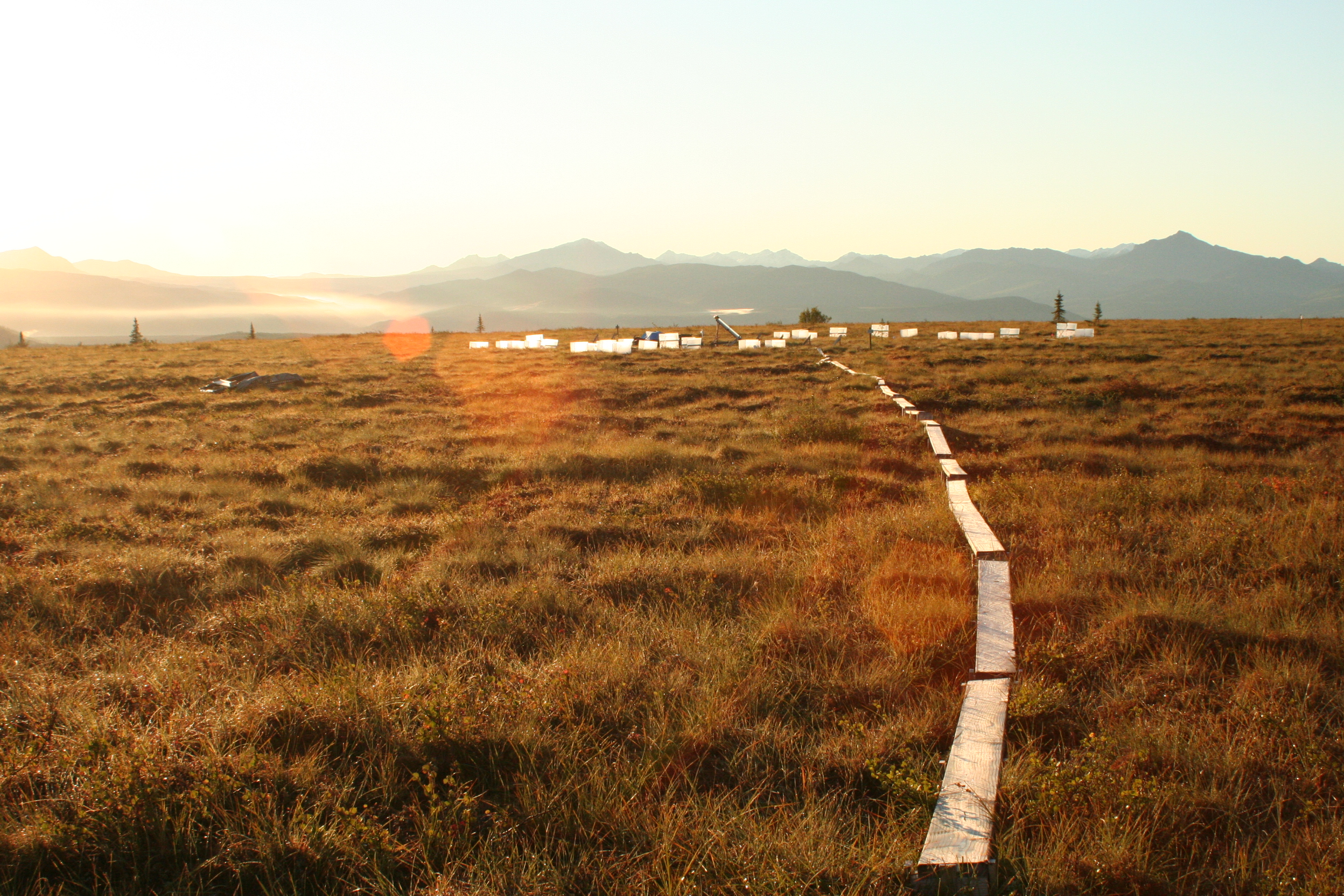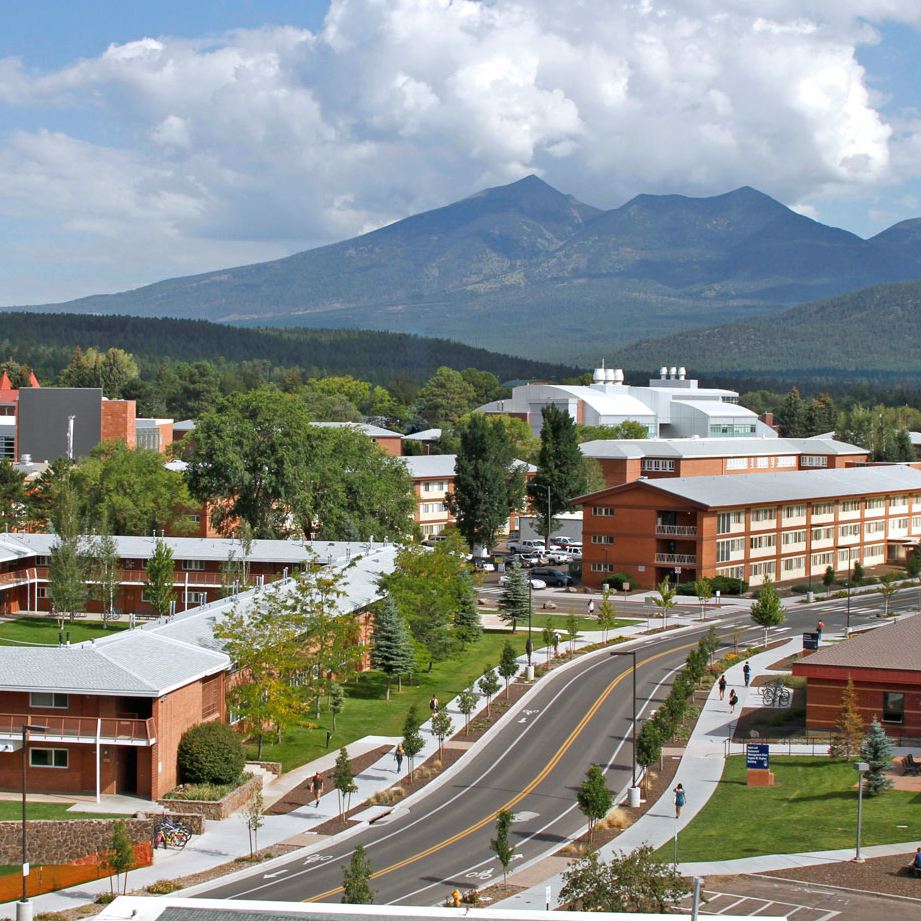Minor Changes in Soil Bacterial and Fungal Community Composition Occur in Response to Monsoon Precipitation in a Semiarid Grassland
Arizona and New Mexico receive half of their annual precipitation during the summer monsoon season, making this large-scale rain event critical for ecosystem productivity. We used the monsoon rains to explore the responses of soil bacterial and fungal communities to natural moisture pulses in a semiarid grassland. Through 454 pyrosequencing […]

